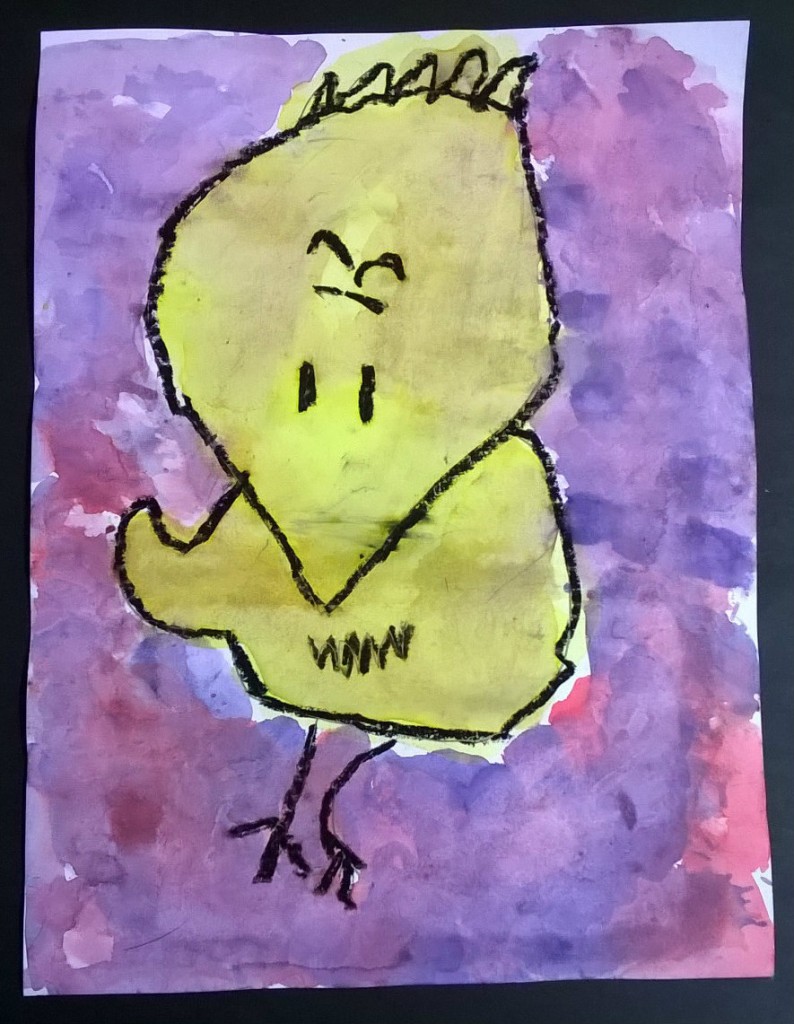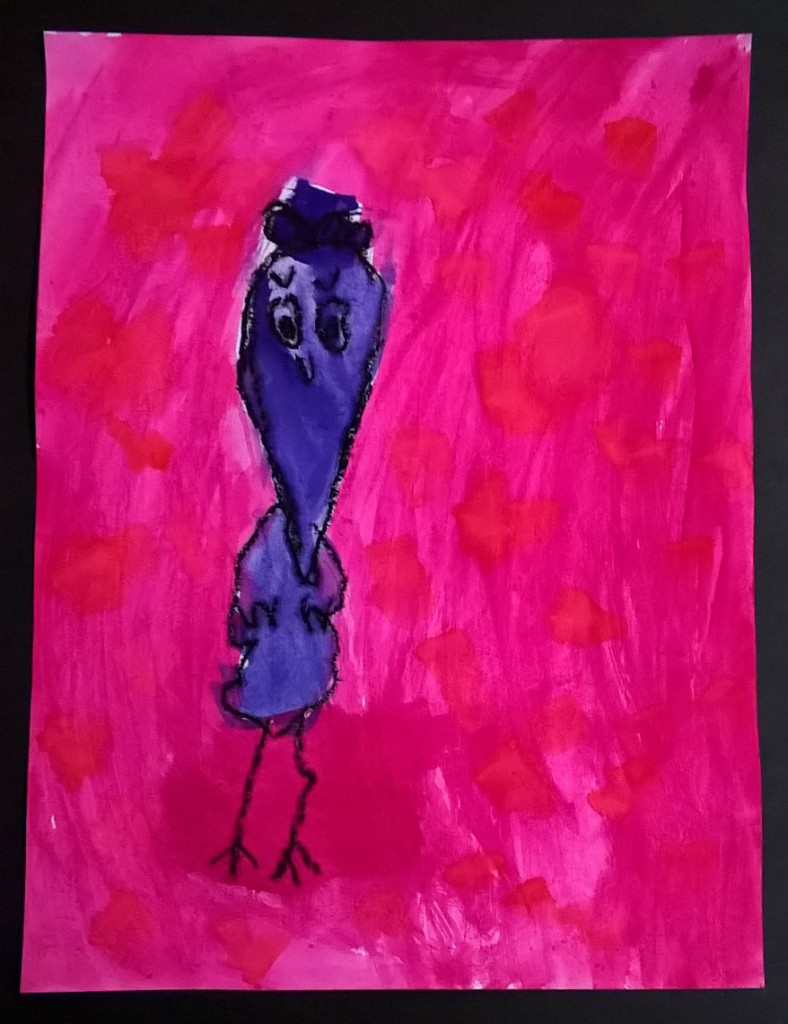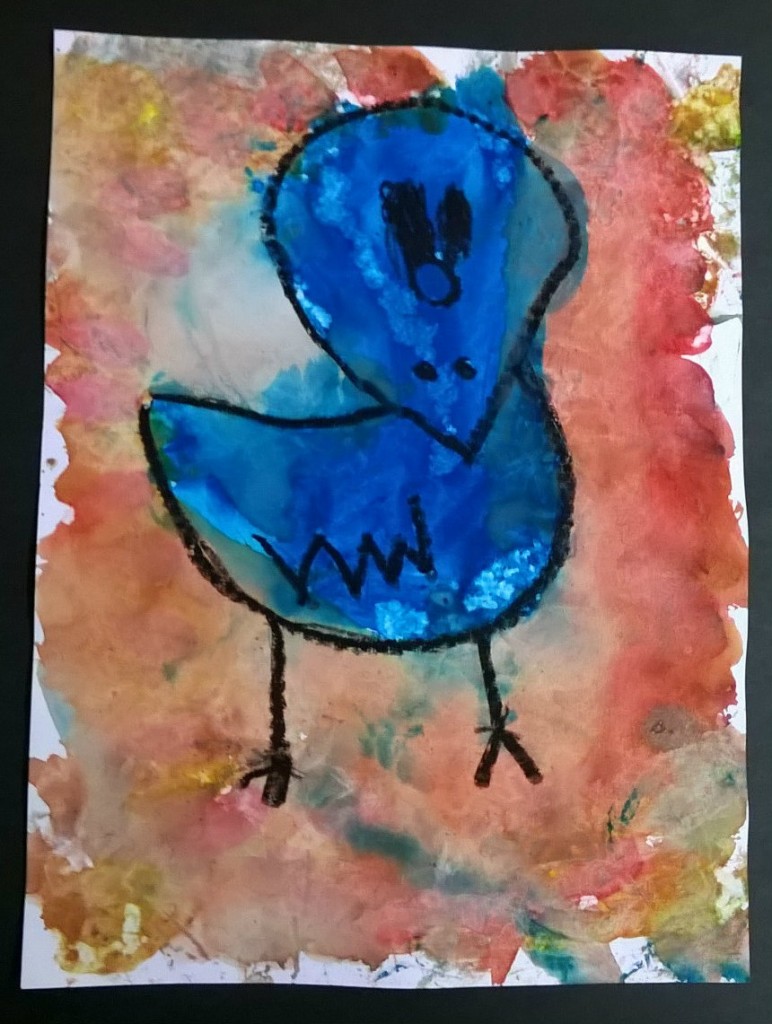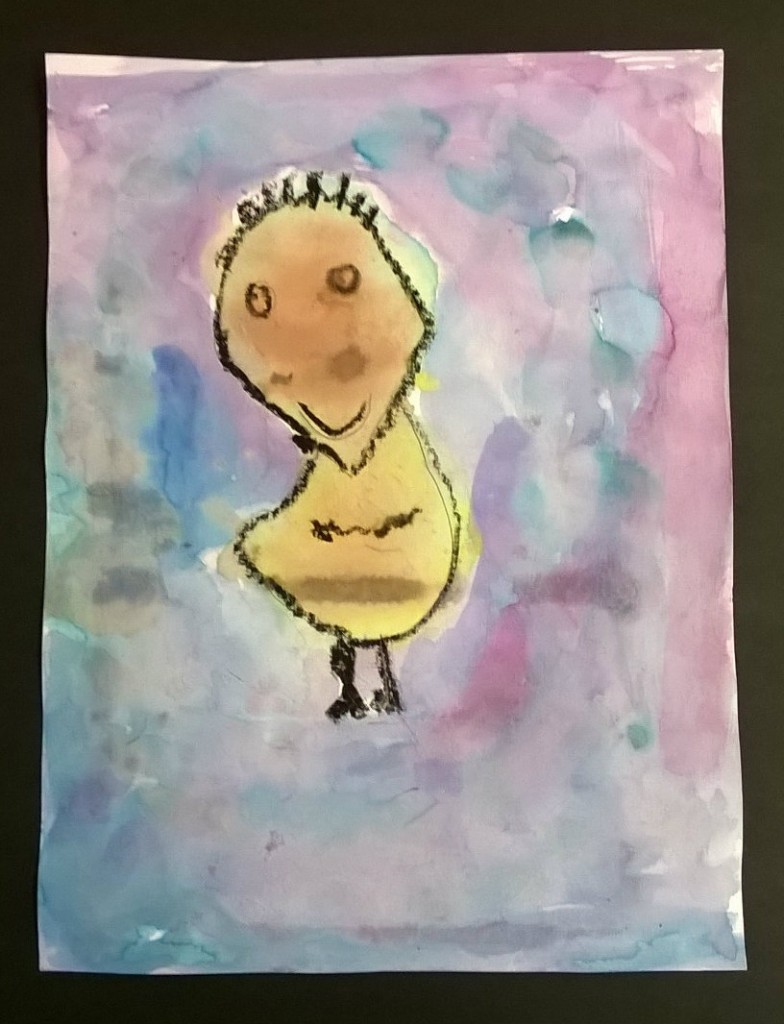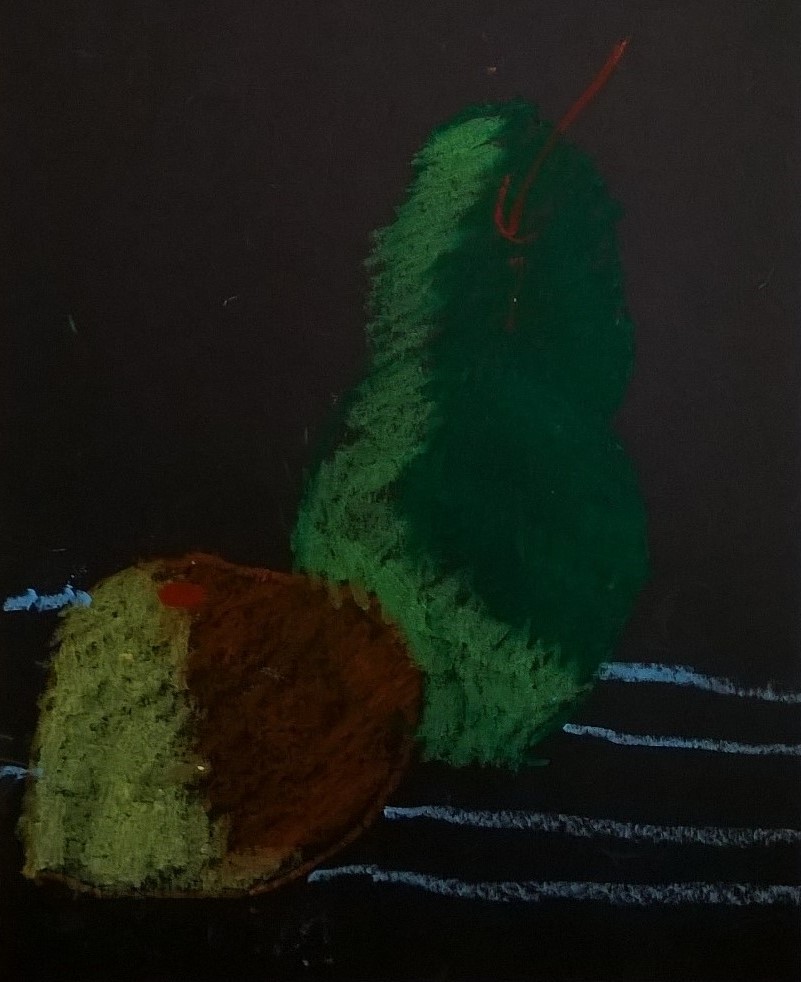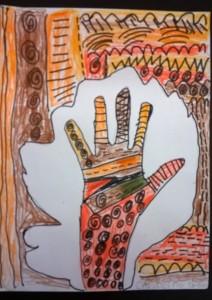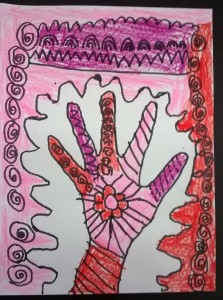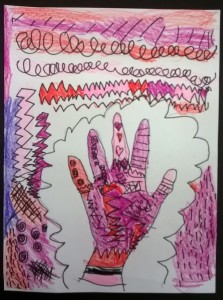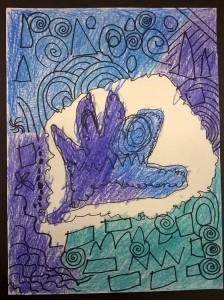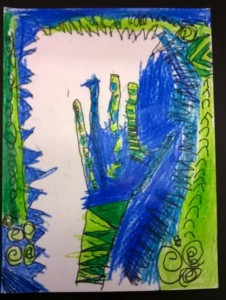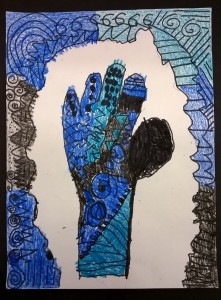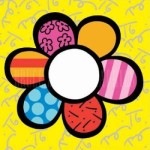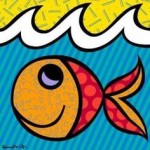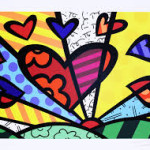Visual Arts with Mrs. Naczinski
October 29, 2015
Vocabulary:
- line
- shape
- surrealism art – pictures that explore a dream-like world
Pumpkin Head by Rene Magritte
Why would the artist paint a picture like this?

The Son of Man by Rene Magritte:
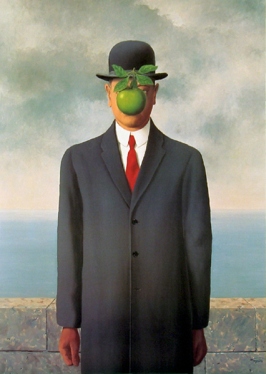
Head of Man by Paul Klee
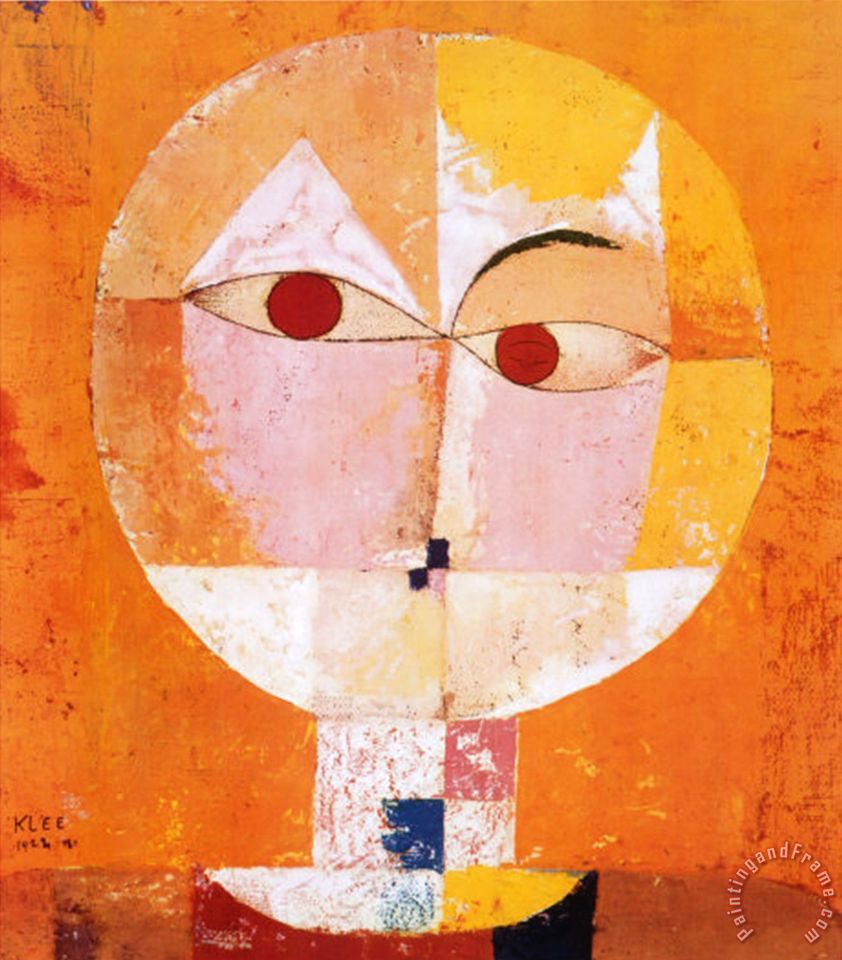
Lobster Telephone by Salvador Dali

Artwork by Tim Burton

October 8 – 22, 2015
California Visual Arts Standards:
2.0 Creative Expression
Skills, Processes, Materials, and Tools
2.2 Mix and apply paints to create tints, shades, and neutral colors
Communication and Expression Through Original Works of Art
2.3 Paint or draw a landscape, seascape, or cityscape taht shows the illusion of space
Vocabulary:
- overlapping
- landscape
- portrait
- middle ground
- foreground
- color
- tint (white + color)
- shades (black + color)
- hue = color
Landscape by Lynne Steinley
Where do you see tints and shades?

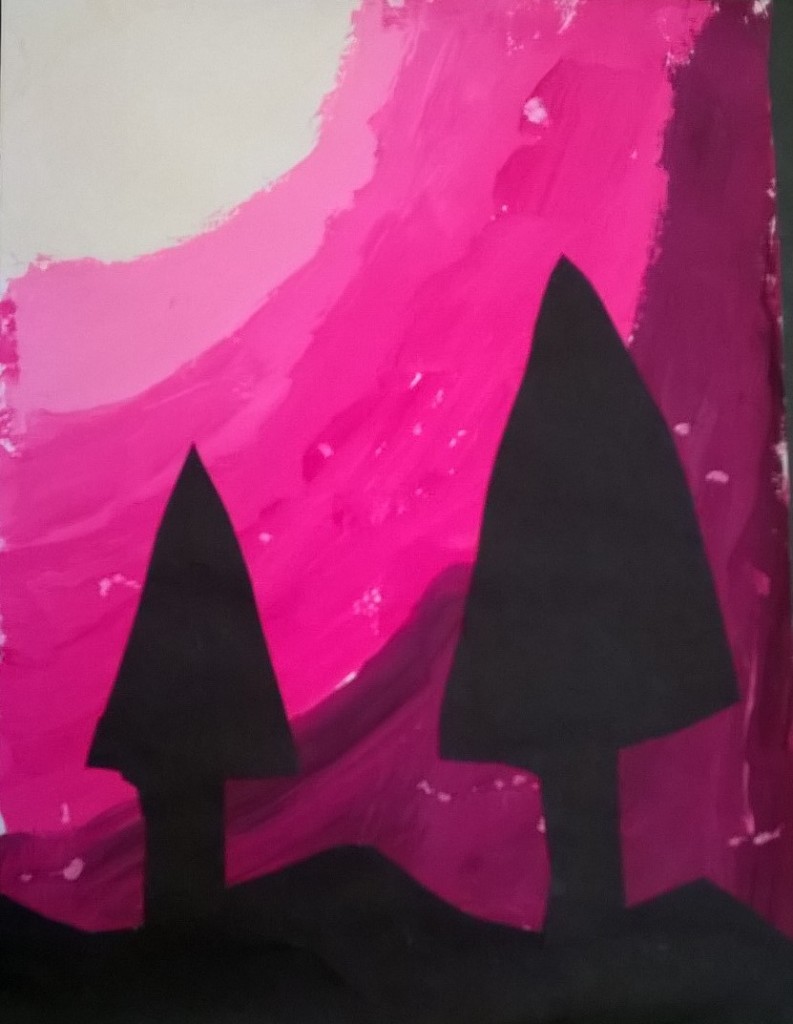



September 24, 2015 – October 2, 2015
James Rizzi
How do artists express what they see, think, and feel?
For today, students took their inspiration to how another famous pop artist express themselves, James Rizzi. Students started making drawings to one of James Rizzi’s favorite inspiration, i.e. birds. Here are some of the artist’s works:

Language of the Discipline: What words are specific to the work in this discipline, i.e. visual arts? What tools are used by the experts in this discipline?
- Line, shape, color
- expression
- feelings
How can we draw a James Rizzi bird?
What kind of lines can we use?
- a half circle, a triangle for the head
- curved lines for the body
- vertical and diagonal lines for the feet
Artwork inspired by Jame’s Rizzi’s Birds
My bird feels confused.because she closed her eyes. She wants two toys but her mom said she could only choose one.
My bird is excited because it likes pink. The eyes are open and it has a big smile. Its wings are also flapping.
My bird is confused. His eyes are squinting. I painted the bird blue but used different colors for the back ground to show chaos.
–
My bird is sad. He is sad because he has no friends. I used the color blue to show the mood of the bird.
My bird feels happy. He has a smile on his face. i painted the bird red to show that he has energy
My bird is happy. He has a smile on his face. He is happy because he loves someone. My bird feels confused because he closed his eyes. He wants two toys but his mom said he could only choose one.
September 10, 2015
Today, students are studying about still life.
Still LIfe with Lemons on a Plate by Vincent Van Gogh
vocabulary:
- media
- overlapping
- value: Artists uses value to make flat objects look round or make it appear to have shape. Some parts of the object are lightly colored while some are dark.
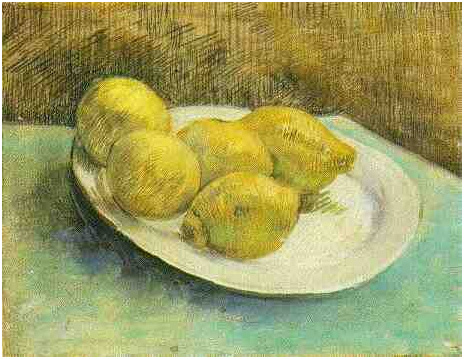
The students used oil pastels to do still life of an orange and a pear using different shades or value of a specific color. As a result, students art works with depth, shading, and perspective.
–
Christopher
Melanie
Wuenceslao
Jeffrey
Diego
–
Art Work inspired by Romero Britto
Daily Life Inspires Artists: Artists make art about what they see, think, and feel.
Essential Question: How do artists express what they see, think, and feel?
California Visual Arts Standards: 1.5 Identify and describe elements of art in works of art, emphasizing line, color, shape / form, space, and value.
September 3-10, 2015
This year, the students are taking visual arts classes with Ms. Naczinski. We started taking inspiration from the artworks of Romero Britton.
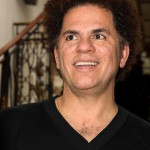
Romero Britto is a Brazilian Neo-pop artist, painter, serigrapher, and sculptor. He combines elements of cubism, pop art and graffiti painting in his work, using vibrant colors and bold patterns as a visual expression of of hope and happiness.
Looking at his artworks, students studied patterns.
Vocabulary:
- shapes
- color
- space
- positive space
- negative space
- lines
- vertical
- horizontal
- diagonal
- spiral
- zigzag
- curly
- wavy
- curved
- broken
The students started their artworks using different kinds of lines, filling the positive space in their artworks. The students are almost finished with their art work. These artworks will be posted (on students individual webpage and also at SeeSaw) once the students are done.
- Arts Attack: (from its website) “The goal of the program is to teach every child how to express himself/herself through art. This demands that the students learn to see and experience the world in a different way. The language of art, like the language of words, requires the learning of skills and concepts that will allow the free flow of expression. The goals of ARTS ATTACK are to teach the elements and principles of art and drawing in a developmental and sequential way, as well as to study the art of other artists, cultures and historical periods. In all areas of study, the emphasis is on motivation and self-expression. Recognizing that children learn what they are excited about, the subjects of the ARTS ATTACK lessons have been selected through years of working with students in the classroom. The focus of the hands-on lessons is on the process of visualizing, synthesizing and expressing through a wide variety of media. A unique strength of this program is that it has been created not in theory but in practice in classrooms with the help of dozens of teachers and thousands of students.

- Arte a scuola: This blog is a place to share, swap, and explore lessons, educational systems, techniques and creations in other art classrooms around the world.
- Arts Edge: Created by the John F. Kennedy Center for the Performing Arts, ARTSEDGE provides resources and examples for teachers to teach in, through and about the arts. The site includes lesson plans, advocacy and professional development resources, and up-to-date information on arts programs from around the world.

